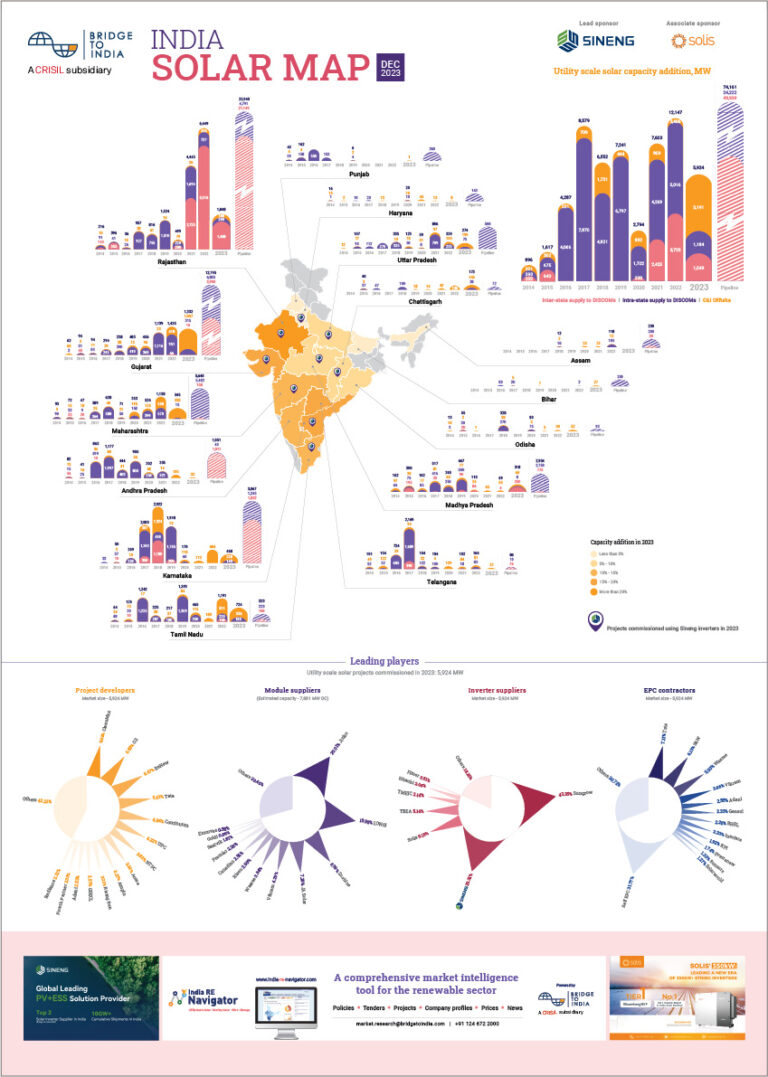This report, produced with financial support from International Solar Alliance (ISA), examines operational and financial impact of the COVID-19 pandemic on solar power sector across the world. It assesses delays in construction progress, capacity addition outlook and financial challenges for players across the sector value chain.
COVID-19 has caused major ructions across the energy sector and threatens to undermine efforts to accelerate clean energy transition. Wide-scale suspension of economic activity, supply chain disruption and employee health concerns have created supply and demand shocks across the energy sector.
Solar sector was estimated to add record capacity of 130-135 GW in 2020. However, the pandemic has caused several operational and financial setbacks bringing down the estimates by 20% to around 105 GW.
Figure: Solar capacity addition, GW

Going forward, the sector faces some critical challenges:
- Diminished growth prospects due to uncertainty over future power demand;
- Higher offtake risk including delayed payments, PPA renegotiation and curtailment;
- Slowdown in distributed solar market due to loss of capacity and/ or suspension in aid programmes;
- Risk of growing trade barriers and disputes;
- Lack of competitive financing solutions.
The good news is that long-term drivers for energy transition are even more relevant today than they have been in the past. Regions such as sub-Saharan Africa have a unique opportunity to increase energy access and accelerate transition at the same time. The pandemic has refocused attention of governments and policy makers to fight climate change and localise energy supply. Both these priorities play to solar technology’s advantage. The challenge for governments, policy makers and private sector players is to manage this period of uncertainty and plan for future.












